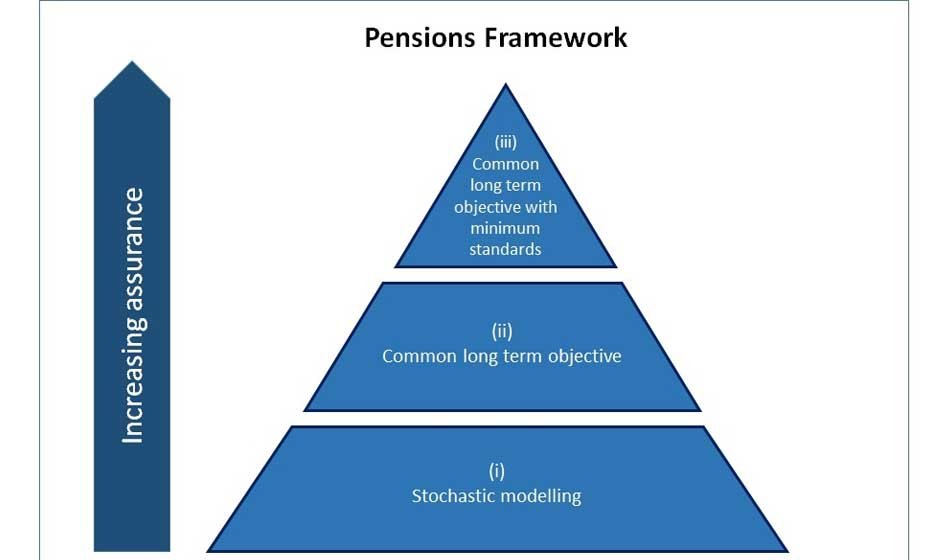There can be plenty of challenges in managing defined benefit pension schemes. With rising costs and greater regulatory scrutiny, trustees and employers are exploring consolidation as a viable solution to mitigate risks associated with them, aiming to streamline pension management, reduce administrative burdens and potentially unlock investment opportunities.
With a myriad of consolidation options available to DB schemes, it’s important to get these decisions right. But what does consolidation look like in practice? And how do you know if it’s the right step for your scheme? Let’s break it down.
Insurance Risk Transfer
One of the best-known options for consolidating a defined benefit pension scheme is insurance risk transfer. This involves transferring the liabilities of the scheme to an insurance company. In practical terms, this means that the insurance company takes over responsibility for paying pensions to members, providing peace of mind for trustees, and reducing the risk of underfunding.
For example, if your scheme has a significant number of members who are approaching retirement, it may be beneficial to explore the option of a buy-out. The insurance company will assume the responsibility for future payments and manage the investments, shielding the scheme from future volatility and potential regulatory changes. However, it’s important to note that this transfer typically comes with a premium, which can be expensive, depending on the size and complexity of the scheme.
DB Master Trusts
DB master trusts represent a more flexible option for consolidating multiple schemes. Instead of managing individual schemes separately, several defined benefit pension schemes can be pooled together under a master trust structure.
This pooling allows for economies of scale, which can help reduce fees, streamline governance, administration, and enhance investment performance by combining resources. If you’re managing a smaller scheme or simply looking to optimise your operational efficiency, a DB master trust could offer a compelling option.
Superfunds
A relatively new development on the pension consolidation front is the rise of defined benefit superfunds. These are large, specialist pension funds that take on the liabilities of existing defined benefit schemes, effectively absorbing them into a larger pool. Their appeal lies in their potential for reducing the risk of pension liabilities through better diversification and more efficient investment strategies.
However, superfunds are not without their risks. These structures are still relatively new, and the regulatory environment around them is still evolving. It’s crucial to weigh the potential benefits against the regulatory uncertainties and to ensure the superfund you’re exploring has a solid track record of performance.
Public Sector Consolidator
Public sector schemes have their own set of considerations when it comes to consolidation. Many public-sector defined benefit pension schemes are increasingly turning to consolidators designed specifically for this sector, as they bring together multiple schemes. This helps reduce administrative costs and, in many cases, provides greater financial security by leveraging the collective strength of the participating schemes.
As consolidation options evolve, it’s crucial for those responsible for pension schemes to stay informed and consider solutions that offer both immediate stability and long-term flexibility, ensuring that they remain ahead of regulatory requirements while safeguarding member benefits.










